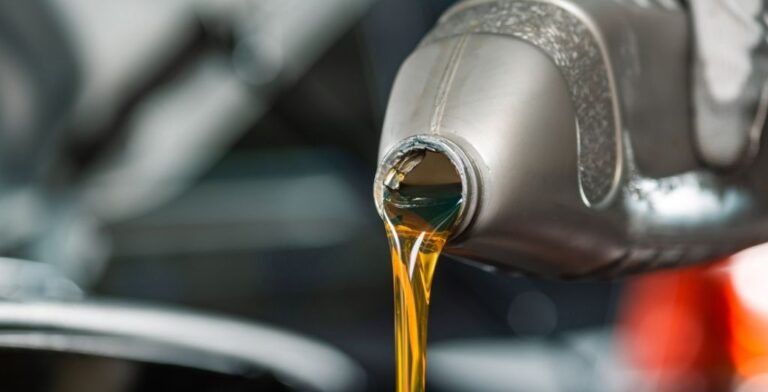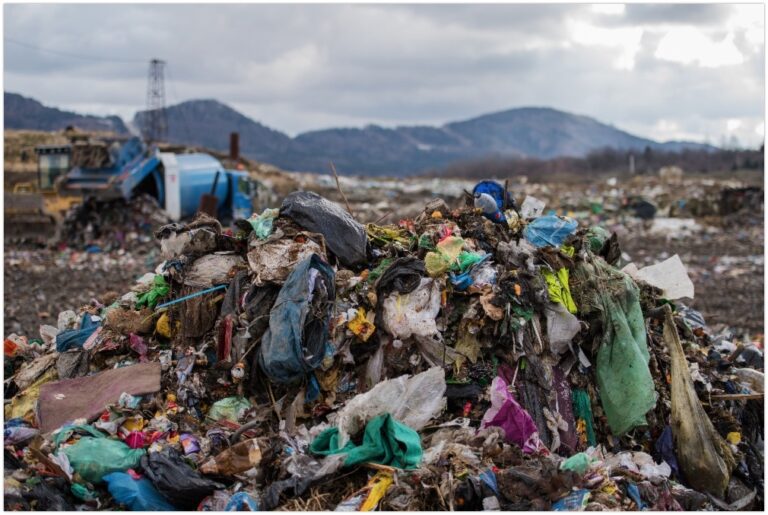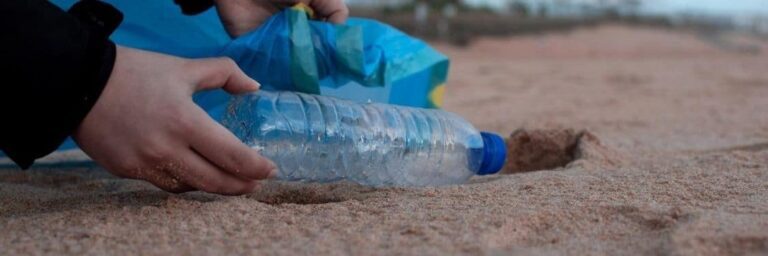Waste and rubbish have slowly but surely become part of everyday life. Years back, humans used to recycle and reuse almost everything simply because things were scarce.
There were no industries that produced thousands of products every single day. At the same time, many societies didn’t have the infrastructure to transport millions of goods from one place to another.
Fast forward to today, the world is producing and delivering billions of products and goods. You are always spoilt for choice every time you’re out shopping. All this production has led to a drastic increase in the amount of waste produced by humans.
Related: 20 Facts About Waste in Australia’s Great Barrier Reef
Here are 50 waste facts that will undoubtedly startle you
1) Australia ranks among the topmost wasteful nations in the World. Every year, this nation produces waste twice its population’s rate. The average Aussie generates over 1.5 tonnes of waste yearly. In 1999, Australia ranked second in the list of the world’s most waste-producing nations.
2) The average Australian family brings forth waste that can fill a three-bedroom house each year. That’s a production of about 2.25 kg of rubbish each day by every family.
3) If you put all the waste produced annually (worldwide) in trucks, the vehicles can circulate the globe 24 times. The rubbish levels are this high because 99% of everything humans buy gets trashed within 6 months.
4) Over 10 million plastic bags get used in Australia each day. It is a situation that had led to a lot of havoc in the ocean.
5) Food produced in Australia yearly can feed over 60 million people. Shockingly, Aussies throw away food worth over $3.5k every year.
6) Many Australians struggle to find something to eat daily while other inhabitants generate over 3.3 million waste tonnes yearly.
7) Plastics represent the biggest amount of waste in many nations around the world. Australia has generated over 6.3 billion tonnes of plastics thus far.
8) Out of all the plastics generated in Australia, 12% gets incinerated, 9% gets recycled, while the rest fills the ocean, landfills, and waterways.
9) Plastic straws are the worst when it comes to plastic waste. It is because you cannot recycle them, plus they can be a real menace when they get into the waterways.
10) On average, humans bin over 50 million tonnes of electrical waste globally every single year. If you put all this waste in double-decker-buses, it will amount to over 4 million vehicles filled with stereos, old computers, kitchen appliances, TVs, old phones etc.
11) Before a baby becomes fully potty-trained, he/ she will have used a total number of disposable nappies weighing as much as a family car. Luckily, there are now companies focused on recycling used nappies.
12) Supermarkets reject 20- 40% of all the fruits they receive because of cosmetic standards. The lumpy, weird-looking or misshapen fruits get tossed out into the bins.
13) Schools are responsible for producing a large amount of waste yearly. A lot of rubbish comes from all the paperwork, cafeteria meals, and other school activities.
14) Every year, Australian inhabitants purchase over 1 billion plastic bottles. Worldwide, people purchase 1 million plastic bottles every minute. Only 20% of all these bottles get recycled.
15) Earth’s oceans are home to over 1.4 billion trash lbs. At the end of this year, approximately 8 million waste items will have entered the ocean.
16) All the waste collected from household bins ends up in landfills. These landfills are now the biggest contributors to soil pollution. At the same time, over 80% of the rubbish buried in landfills is recyclable.
17) Bottled Water firms are the ‘lords of waste.’ No other industry anywhere in the world has as much waste as water companies.
18) Out of all the oil produced around the globe, 10% goes to the production and transportation of disposable plastics. These are items like plastic plates, cups, spoons etc.
19) Trash is expensive to deal with. Many societies spend more on getting rid of trash than on libraries, parks, schoolbooks, and fire protection.
20) Carpets are creating a waste menace like never before. In many nations, inhabitants throw away millions of old carpets, increasing the waste burden the world faces every year.
21) If you recycle an aluminum can, you are saving energy that can run a TV for more than two hours. At the same time, it takes over 100 years for an aluminium can in a landfill to decompose.
22) Sea waste has a direct effect on humans. By consuming marine animals fed on ocean litter, you are exposing yourself to serious health risks.
23) During World War 1, people salvaged enough metal waste from corset stays to construct two warships.
24) Glass waste in a landfill can take over 1 million years to decompose.
25) Sadly, burials are a major source of waste. Stowing away the coffins alone amounts to trashing 2700 tonnes of copper, 30m feet of hardwood, and over 90, 272 tons of steel into the soil yearly.
26) If humans continue to use non-recyclable plastics as they do now, the ocean will have more plastics (by weight) than fish.
27) Waste does not only comprise solid materials. Water can be waste too. That leaky tap in your house can lead to over 5,000 litres of water waste this year alone.
28) Other than waste from our households and individual activities, there is also a lot of industrial waste from infrastructure, cars, and buildings.
29) The amount of waste produced on holidays is higher than on other days. It is simply because people tend to shop and consume more on special days.
30) Improper rubbish removal is leading to huge losses in relation to marine life. Millions of birds, porpoises, and dolphins die yearly because of marine litter.
31) According to data from UNCHS (United Nations Centre for Human Settlements), municipal authorities in larger cities collect only about 25-55% of the total waste generated.
32) Estimation by UNDP (United Nations Development Program) over five million people die from ailments that emanate from inadequate waste disposal systems.
33) Developed countries generate over half of the globe’s total municipal waste.
34) Industrialised countries are responsible for the 325-375 million tons of hazardous and toxic waste that gets churned out annually. Most of this type of waste comes from the petrochemical and chemical industries.
35) The commercial generation of nuclear power has led to the accumulation of thousands of tonnes of radioactive waste and over 80000 tonnes of irradiated fuel.
36) If you create a country out of all the annual waste food, this nation would be one of the globe’s top producers of carbon dioxide. In fact, the waste food country would rank number three behind only the US and China.
37) There are 759 million undernourished individuals suffering from hunger. It can only take a quarter of all the wasted food to feed every individual who falls in the hunger category.
38) When you compare food wasted by a typical African with that wasted by a European, the latter throws away fifteen times more food than the former.
39) human food waste produces over 3.3 billion tonnes of carbon dioxide yearly. When all this gas remains untapped, it goes a long way in accelerating global climate change.
40) When you exclude the small amounts of plastics incinerated annually, every piece of plastic ever produced anywhere exists in some form or shape.
41) Waste products like industrial metals, heavy acids, nuclear reactors, and sewage can change a marine animal’s biochemistry, reproduction, behaviour, and growth characteristics.
42) In industrialised countries, 40% of the food produced becomes waste at the consumer and retail stages. On the other hand, developing countries waste 40% of all the food produced during the post-harvesting and processing stages.
43) Every day, the number of bottles/ cans thrown away by Aussies can stretch across the entire country. That is a distance measuring about 4,000 KM.
44) Dogs are largely responsible for making garbage more filthy and toxic by urinating in the trash. A dog that finds a bag full of litter on the street considers it a new feature in the landscape and something it can mark using its pee.
45) A natural landscape littered with trash is bad for your mental health because looking at it doesn’t give you the restorative and relaxing feelings normally provoked by well-neat areas.
46) Construction sites are also largely responsible for all the rubbish in Australian landfills. These sites produce a lot of demolition and development waste. Three-quarters of all this waste goes to different landfills.
47) Many retailers now accept e-waste from consumers and it doesn’t matter where the products came from. Therefore, before tossing that old phone into the bin, consider delivering it to a recycling company.
48) Some millennials have adopted waste management strategies so much so that they only produce a can of trash annually. Most of these individuals are part of the zero-waste movement.
49) If African countries had the required infrastructure and technology, food waste in these nations would decrease drastically.
50) Currently, reliable companies can manage and recycle for you all the waste produced in your home, business, or school.
As you can see, dramatic changes will need to be made to create a sustainable future. One step at a time is always the best move. Hopefully, you can see the importance of developing better waste management strategies.
Paul’s Rubbish Removal is here to provide the perfect solution for your rubbish removal throughout Sydney. We collect and pick up rubbish for proper disposal.
Call us on 0407 125 125 for all your unwanted junk removed in Sydney!







